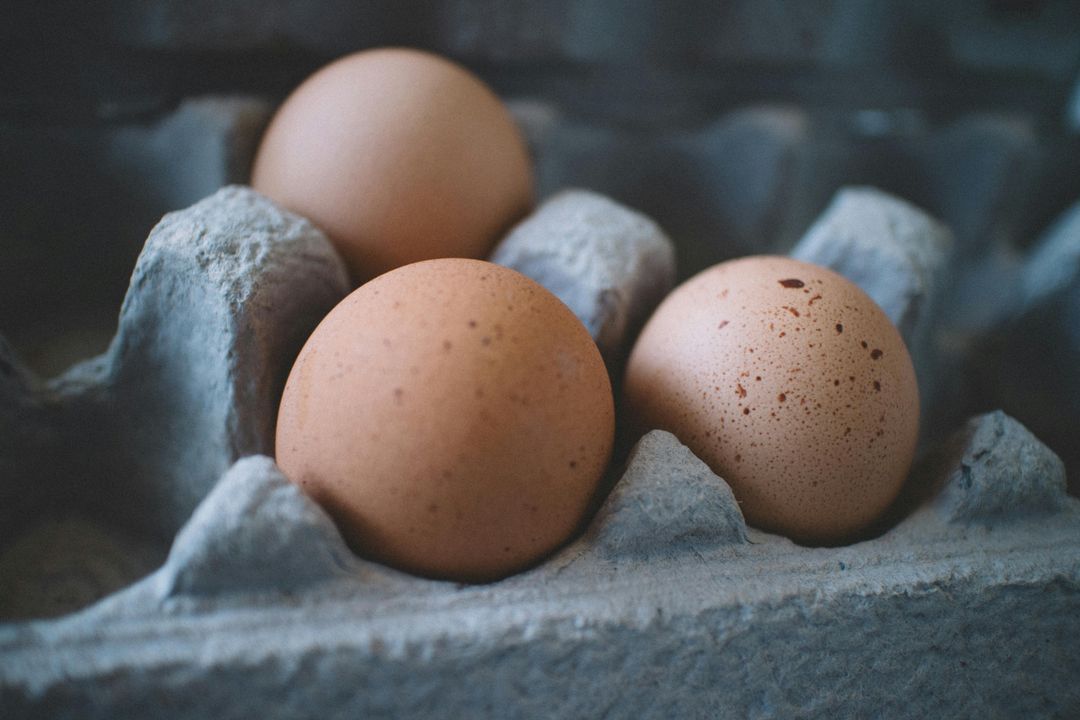Eggs at the Supermarket: A Complete Guide to Types, Labels, and Uses in Cooking

When we buy eggs at the supermarket, we often limit ourselves to choosing based on price or brand. But behind a simple package lies a much more complex world: numerical codes, mysterious acronyms, breeding categories, shell colors, and weight differences . These are all elements that arent just bureaucratic details, but that truly impact the eggs quality and its use in cooking .
In this article, well explore in practical detail all the types of eggs available in Italian supermarkets , explaining how to read labels correctly, what the different farming methods mean (from organic to cage-free), the weight categories , and how to choose the right egg for each recipe. Plus, well reveal some interesting facts—for example, whats the difference between a brown egg and a white one, or why extra-fresh eggs last less!
Whether you are a cooking enthusiast or simply a careful consumer, this guide will help you choose consciously and use eggs in the most correct and tasty way .
Types of Eggs Based on Farming Method
The first number of the code printed on the eggshell indicates the type of chicken farming:
0 - Organic Farming
The chickens are raised outdoors, with access to green spaces, and fed organic feed. This method ensures high animal welfare and a reduced environmental impact. Organic eggs are often more expensive, but they represent an ethical and sustainable choice.
1 - Free-range breeding
The hens have access to the outdoors during the day and are raised in less crowded environments than in intensive farms. This method offers a good compromise between animal welfare and production costs.
2 - Free Range Farming
Hens are free to roam inside the sheds, but without access to the outside. Conditions can be crowded, impacting animal welfare.
3 - Cage Breeding
Hens are kept in cages, with limited space to move around. This method is the most economical, but raises ethical concerns regarding animal welfare.
www.laurazambruno.comEgg Quality Categories

Eggs are also classified according to their quality:
Category A - Fresh Eggs
Intended for direct consumption, these eggs have not been washed or treated. They must have an air space of less than 6 mm and a clean, intact shell.
Category B - Second Quality Eggs
Not intended for direct consumption, they are used in the food industry for the production of processed products.
Category C - Downgraded Eggs
Used exclusively in the non-food industry, such as the production of animal feed or cosmetics.
Egg Size
Eggs are divided into weight categories:
- XL (Extra Large) : over 73 g
- L (Large) : 63-73 g
- M (Medium) : 53-63 g
- S (Small) : less than 53 g
This classification helps consumers choose the eggs best suited to their culinary needs.
When you walk into a supermarket and find yourself faced with cartons of eggs, you immediately notice a distinction based on size : S, M, L, XL. But what does this classification really mean and, above all, what are the practical implications in the kitchen?
Eggs, in fact, are not all the same, and their size can make a difference , especially in recipes where the proportions must be precise, such as in pastry making or baking.
Category S (small) eggs weigh less than 53 grams and are the smallest. They are rarely found in supermarkets and are generally laid by young hens. They are suitable for those following a low-calorie diet or those who want to limit their protein intake. Perfect for small portions or simple dishes, such as a soft-boiled egg or a mini omelette, they are not recommended for desserts or dough, as they could alter the balance of the ingredients.
Class M (medium) eggs, weighing between 53 and 63 grams, are the most common and versatile. They are considered the standard in most recipes. If a cookbook or blog simply says add an egg, it almost always refers to a class M egg. They are perfect for cakes, biscuits, pancakes, crepes, fresh pasta, or main courses like omelettes and savory pies.
Moving up in size, we find L (large) eggs, which weigh between 63 and 73 grams. They have a larger yolk and contain more egg white. They are often used for rich desserts and leavened doughs such as brioche, sponge cake, or pandoro. They are also useful when you want a fluffier finish or a moister texture. In savory dishes, they are ideal for hearty omelets or protein-rich dishes. In many cases, a single L-sized egg can replace two small ones.
Finally, there are XL (extra large) eggs, which weigh more than 73 grams. Theyre perfect for preparations where the egg plays an important structural role, such as meatloaf, hearty quiches, or creative recipes where the yolk is used as a filling (think, for example, of a poached egg served whole in a cream soup). However, for pastry making, where precision is key, its always best to weigh the eggs and adjust the other ingredients accordingly, as an XL egg could unbalance the recipes proportions.
In general, egg size should be considered a technical ingredient , just like the type of flour or the ripeness of a fruit. Choosing the right size helps achieve a more accurate and balanced result.
A useful tip, especially in baking, is this: if a recipe calls for a lot of eggs (three or more), its a good idea to weigh them without the shell and calculate the total amount of liquid, then adjust the flour, sugar, and fat amounts. For example, an average egg weighs about 60 grams, of which 40 grams are egg white and 20 grams are yolk.
How to Read the Code on the Shell

Each egg has a code printed on the shell that provides detailed information:
- First number : type of breeding (0, 1, 2, 3)
- Country code : for example, IT for Italy
- ISTAT code of the municipality : identifies the place of production
- Province abbreviation : two letters
- Breeder code : identifies the producing company
This system guarantees product traceability and transparency.
www.altroconsumo.itCuriosity
- Shell Color : The color of the shell (white or brown) depends on the breed of the hen and does not affect the nutritional value of the egg.
- Fish Eggs : In Italy, in addition to chicken eggs, fish eggs such as bottarga (mullet or tuna eggs) and caviar (sturgeon eggs) are popular and used in various culinary preparations.
Conclusion
Understanding the information on egg packaging and shells is essential for making informed and responsible choices. Considering the farming method, quality category, and size of eggs can significantly impact product quality and animal welfare.

flavio_campaniolo
Data di inserimento 22 apr 2025
Report article


Comments
There are no comments yet.